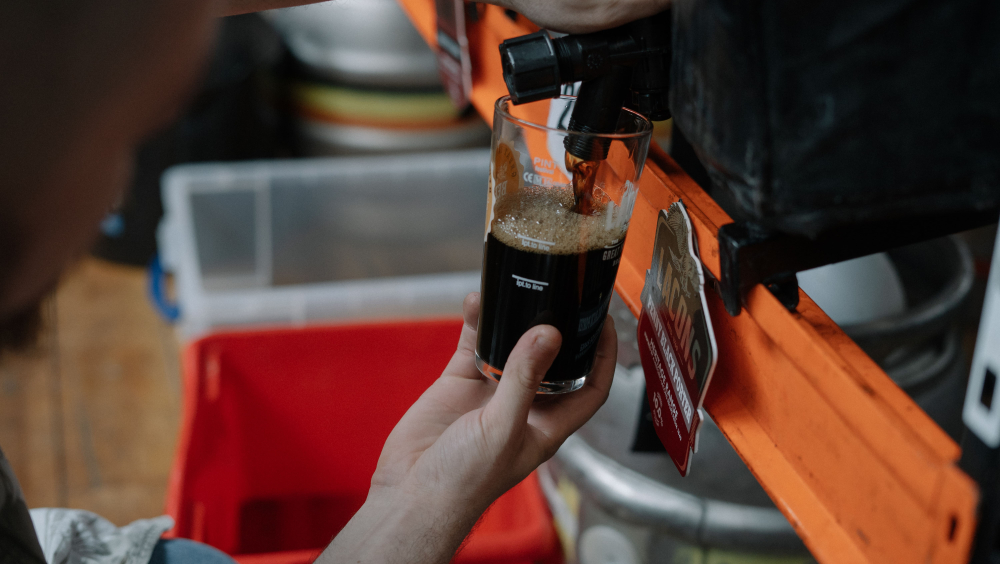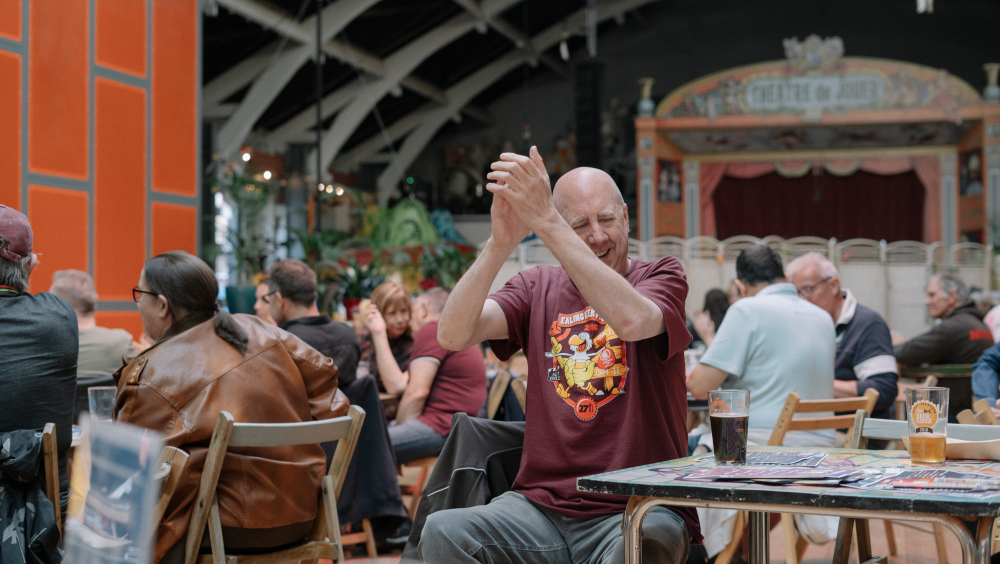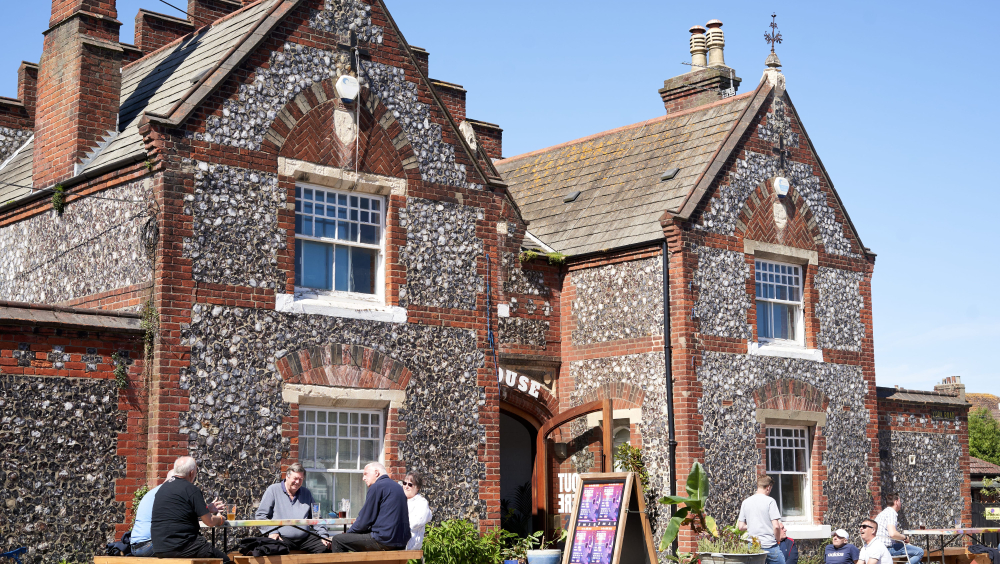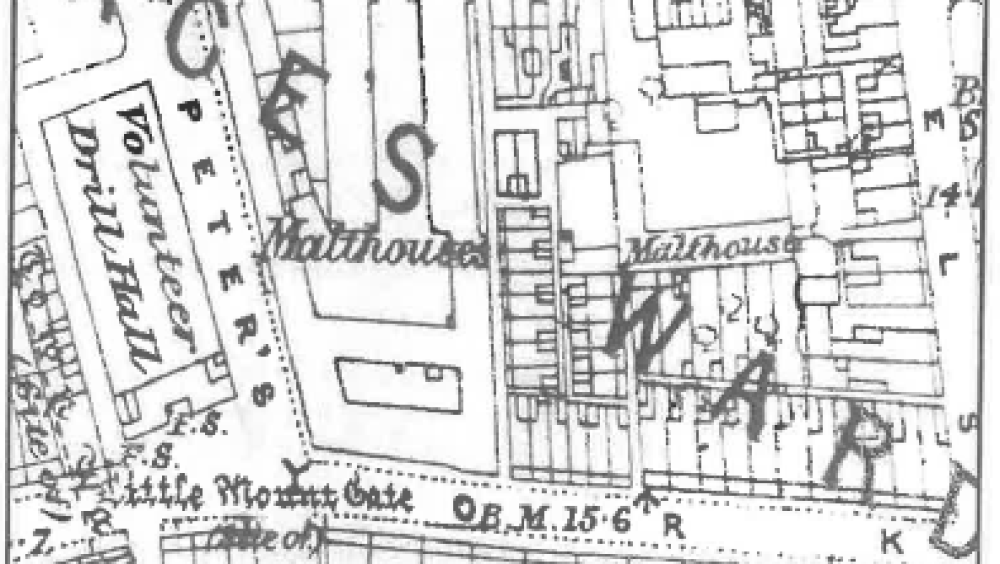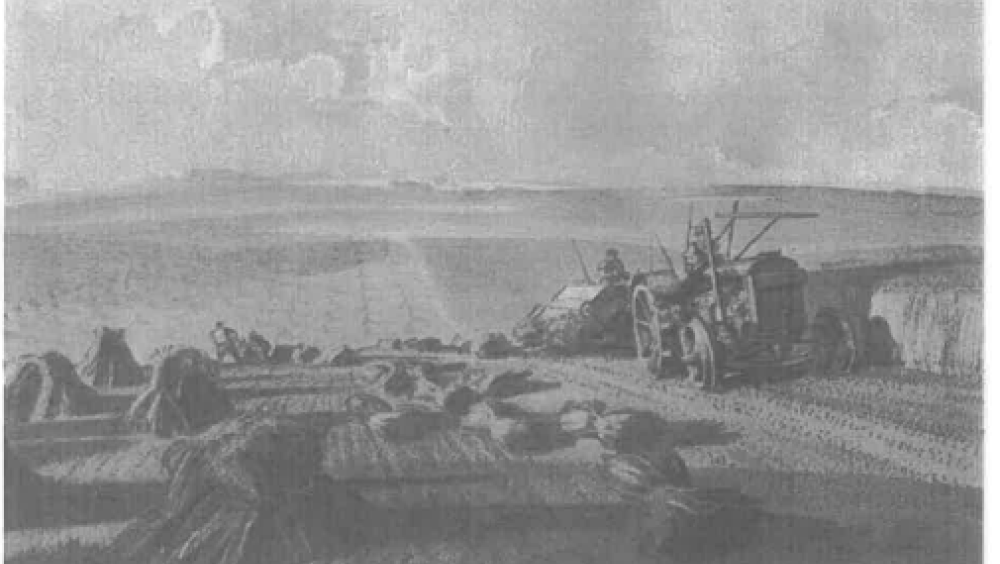Celebrating 'The Forgotten Industry' of Great Yarmouth
It was the 1800s, amidst the bustling streets and salty air of Great Yarmouth,UK, there thrived an industry that fueled the town's prosperity and pride. It wasn't the ships that sailed the seas or the Herring fish caught in the nets, but the humble grains that sprouted from the soil and the hands that nurtured them. Yarmouth was a land of growers, maltsters, and brewers, where 250,000 acres of fields stretched far and wide, the scent of malted barley lingered in the air like a sweet promise.
This is a forgotten industry, yet once the lifeblood of the town, second only to the mighty Herring fishing fleets. Every corner echoed with tales of hardworking farmers, of skilled maltsters carefully germinating the grains, and passionate brewers turning ingredients into liquid gold. Yarmouth was not just a town; it was a beacon of craftsmanship, the biggest exporter of malt in all the United Kingdom, a testament to the dedication and ingenuity of its people.
Time may have dimmed its glory, the legacy of Yarmouth's growers, maltsters, and brewers lives on in the taste of a well-crafted ale, forever etched in the fabric of Yarmouth’s brewing industry.
So far, a small amount of research has been carried out on this forgotten history, but it’s evident that a significant influence emerged from across the North Sea. German brewing styles, with their emphasis on purity, and distinct flavors, found their way into the ale industry of Yarmouth because of just one young man.
The town's brewers embraced these techniques, blending them with their own traditional practices. The result was a fusion of craftsmanship, where British ales met the finesse of German malting and brewing artistry. This cross-cultural exchange elevated Yarmouth's ales to new heights, and remains to be celebrated.
In the heart of Great Yarmouth, where the sea meets the land, lies a tale woven with threads of tradition, innovation, and the golden hues of malted barley. It begins with one young apprentice who journeyed across the North Sea to Munich, Germany in the early 18th century, bringing back with him new malting and brewing techniques.
Great Yarmouth's brewers embraced the precision and quality of German malting methods, infusing them with their own local ingredients and craftsmanship. The result was a renaissance of ales and beers, renowned for their depth of flavor and unparalleled quality. Soon, Great Yarmouth became synonymous with fine malt beverages, its malt export surpassing all others in the United Kingdom. It was said that by 1894 Great Yarmouth exported more grain that all the other counties of England combined.
The heart of this burgeoning industry lay along the cobblestone streets, where the largest malt house in the country stood proudly next to the historic Drill House. Here, the air was thick with the aroma of malted grains, as workers toiled day and night, transforming humble barley into the lifeblood of the town's economy. With each shipment that left its doors, the malt house fueled the prosperity of Great Yarmouth, its legacy intertwined with the very fabric of the community.
But as the tides of time shifted, so too did the fortunes of the malt industry. Changing tastes and economic realities saw the decline of Great Yarmouth's brewing dominance, and one by one, the malt houses closed their doors. By the 1990s, the last remnants of this once-thriving trade faded into memory, leaving behind abandoned buildings and a sense of nostalgia for a bygone era.
Yet, amidst the whispers of the past, echoes of the malt industry still linger in the town. There are those who remember the days of bustling malt houses, who can recount tales of hard work and camaraderie amidst the stacks of barley. These living connections to Great Yarmouth's brewing heritage are invaluable, their stories serving as windows into a world long gone but not forgotten.
And so, a new chapter in Great Yarmouth's history begins, as the town embarks on a heritage project to unearth the secrets of its malt brewing legacy. A call-out is made to gather stories, memories, and artifacts from those who lived and worked amidst the malt houses. Researchers delve deep into archives, uncovering European links and tracing the path of Great Yarmouth's malt exports across the seas.
The project extends beyond mere documentation, as guided tours are developed to lead visitors through the historic buildings that once housed the bustling malt industry. From the towering walls of the largest malt house to the quaint streets where brewers once plied their trade, each stop offers a glimpse into a world long vanished.
Finally, the culmination of this endeavor arrives at the Great Yarmouth Beer Festival, an annual event that now serves as both a celebration of the town's brewing heritage and a showcase of its rich history. Exhibits line the festival grounds, displaying photographs, artifacts, and stories gathered throughout the project. Visitors sip on finely crafted ales, their glasses raised in tribute to the brewers and maltsters who paved the way for Great Yarmouth's enduring legacy.
As the sun sets on another day in Great Yarmouth, the echoes of the past mingle with the laughter of the present, weaving a tapestry of community, resilience, and the timeless art of brewing. And though the malt houses may stand silent now, their spirits live on in the shared memories and shared pints of a town forever bound by its brewing heritage.
Proposed Plan for European Heritage Project:
- Call-Out: Reach out to the community through local newspapers, social media, and community centers to gather stories, photographs, and artifacts related to Great Yarmouth's malt brewing history. Encourage residents, especially those with ties to the industry, to share their memories and experiences. It's crucial to gather these lesser known stories NOW before they become lost as time passes.
- Research: Assign community volunteer researchers to delve into archives, both locally and abroad, to uncover more in-depth information on the European links and major export of Great Yarmouth's malt industry. Explore connections with German brewing techniques and other international influences.
- Building Exploration: Organise guided tours that take participants through the historic buildings in Great Yarmouth related to the malt industry. Highlight key locations such as the largest malt house situated next to the Drill House, as well as other notable sites associated with brewing and malting.
- Exhibition Preparation: Curate exhibits featuring the gathered stories, photographs, artifacts, and research findings. Design interactive displays that engage visitors and provide a comprehensive overview of Great Yarmouth's malt brewing legacy. Collaborate with local historians and experts to ensure accuracy and depth.
- Great Yarmouth Beer Festival Integration: Partner with the organisers of the Great Yarmouth Beer Festival to incorporate the heritage project into the event. Set up dedicated exhibition spaces within the festival grounds, where attendees can learn about the town's brewing history while enjoying a variety of craft beers. Plan special heritage themed presentations, poetry, performances, talks, and tasting sessions to further enhance the visitor experience.
The accessible and inclusive programme of heritage learning activities to suit different interests, skills, ages etc. will engage a diverse range of people in a variety of different ways.
By combining community involvement, thorough research, guided exploration, and engaging exhibitions, the heritage project aims to celebrate and preserve Great Yarmouth's malt brewing legacy for generations to come.
Contact: Emily Cserei for more details | emily@outtherearts.org.uk | +441493 745458
Our project, Celebrating 'The Forgotten Industry' of Great Yarmouth celebrates the pan-European nature of brewing heritage, spotlighting the exchange of knowledge and techniques between Great Yarmouth and European brewers, notably from Germany, emphasising the shared history and cultural exchange shaping Europe's brewing traditions.
Furthermore, our project links Great Yarmouth's malt brewing history with pivotal European events and movements like the Industrial Revolution, climate change and the development of trade routes across the continent. By researching and storytelling, we elucidate how Great Yarmouth's status as the UK's largest malt exporter contributed to the economic interconnectedness of European nations in the 18th, 19th and 20th centuries.
By engaging local communities and facilitating dialogue about the significance of brewing traditions, we foster a deeper understanding of cultural diversity and cooperation across Europe. Our project emphasises heritage preservation as a means of fostering unity, respecting diversity, and fostering mutual understanding among European nations.
At a European level, our project extends the impact beyond Great Yarmouth to gain broader appreciation of a shared European heritage. By showcasing the interconnectedness of brewing traditions and highlighting values like cultural exchange, collaboration and respect for diversity, the project cultivates a sense of pride and community. Through storytelling, guided tours, and exhibitions, our project nurtures a deeper understanding of Europe's rich cultural tapestry and the common bonds uniting us across borders
